I couldn’t have asked for a better Spring Break! As a newly admitted graduate student at USC, I was not aware of the USC Wrigley Institute Spring Break Program until a few weeks before the application deadline. It was a last-minute decision and I am so glad I was one of the participants in a small group of 21 students going to Catalina Island for amazing five days. We all met on campus on a Monday morning and took the USC bus to Southern California Marine Institute in San Pedro, where we took a boat to Catalina which is about 26 miles offshore from the Port of Los Angeles. It took approximately 1.5 hours to get to the island.
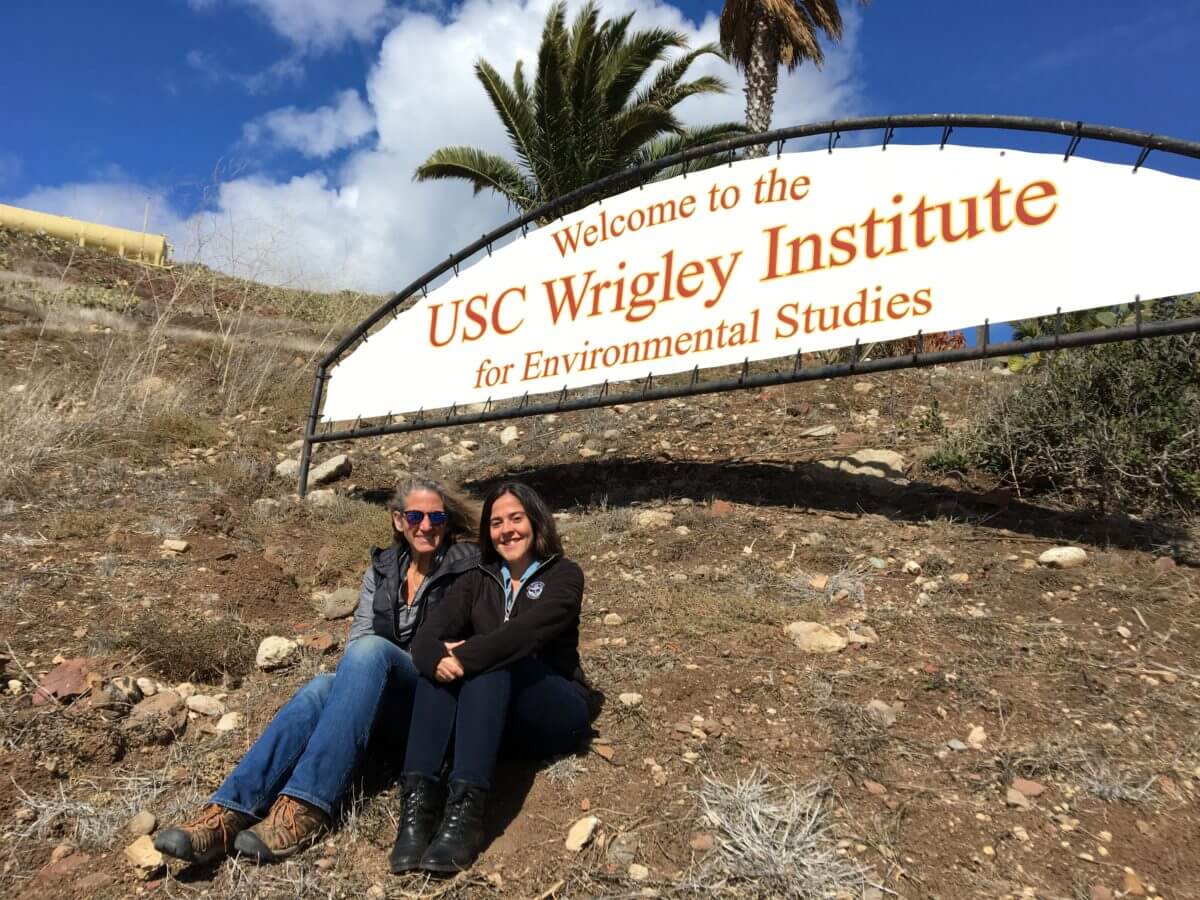
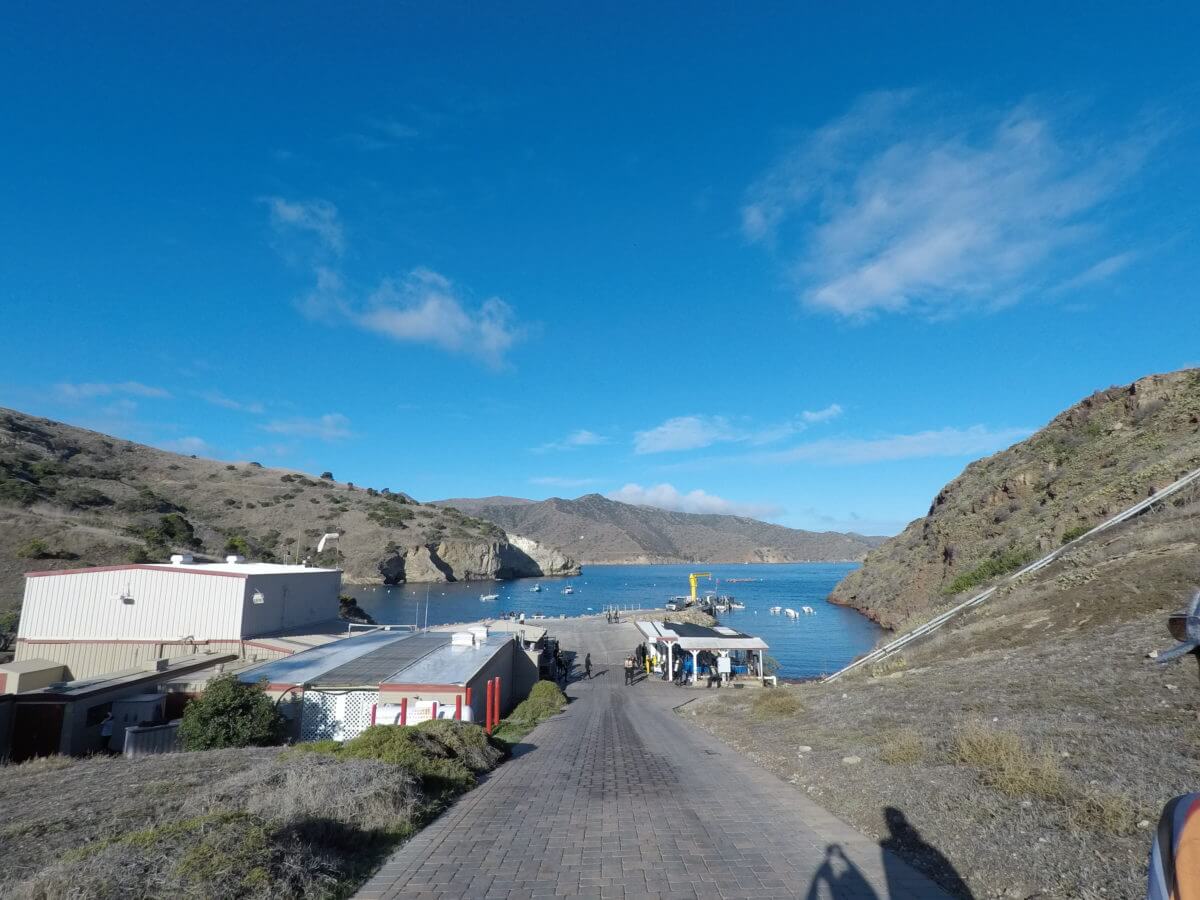
Once we arrive in the USC Wrigley Institute, we settled in four different houses and then we took a small trail, guided by Diane Kim, one of the Program organizers, to the Ridgetop from where we had a beautiful view and could clearly see the Bird Rock, which is a 1.3-acre island about 1500 feet off the mainland side of Isthmus Cove on Catalina Island. It has been used for a number of film shoots and is a popular dive site.

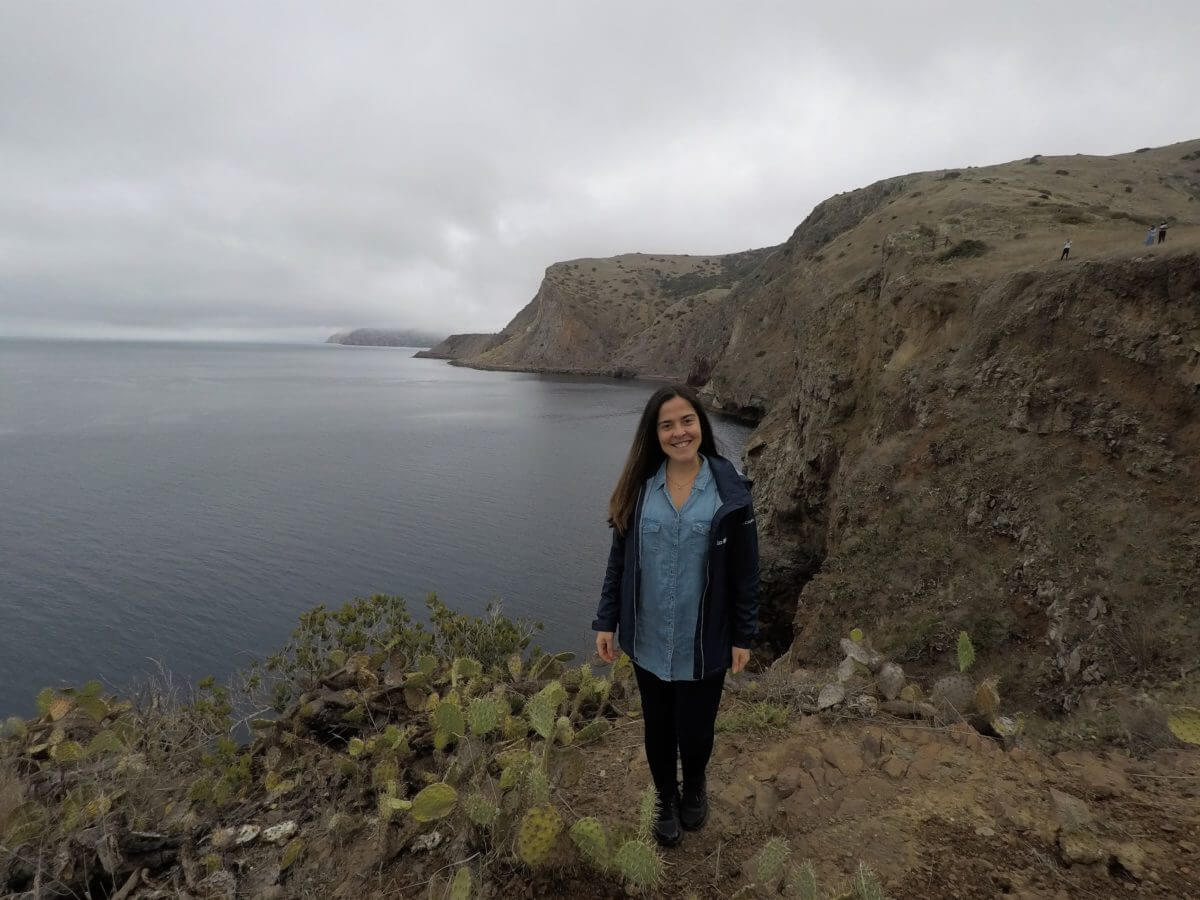
After that, we all met in the dining room for lunch and orientations. The kitchen chef explained how they compost food scraps and carefully segregate recyclable materials from organic waste in the island. We also met Ann Close, the Assistant Director of Wrigley Institute, who kindly shared her knowledge about the island and the projects being developed in the Institute throughout the trip.
In the early afternoon, the group was divided into two smaller groups for the snorkeling tour guided by the very knowledgeable and experienced Lorraine Sadler. First, we all had an orientation with her and gathered the snorkel gears (masks, snorkels, wet suits, fins) that we were going to need before going to the water front. The snorkeling tour was in a marine reserve called Big Fisherman Cove which is home for a wide diversity of marine life. The water was amazingly clear and blue!
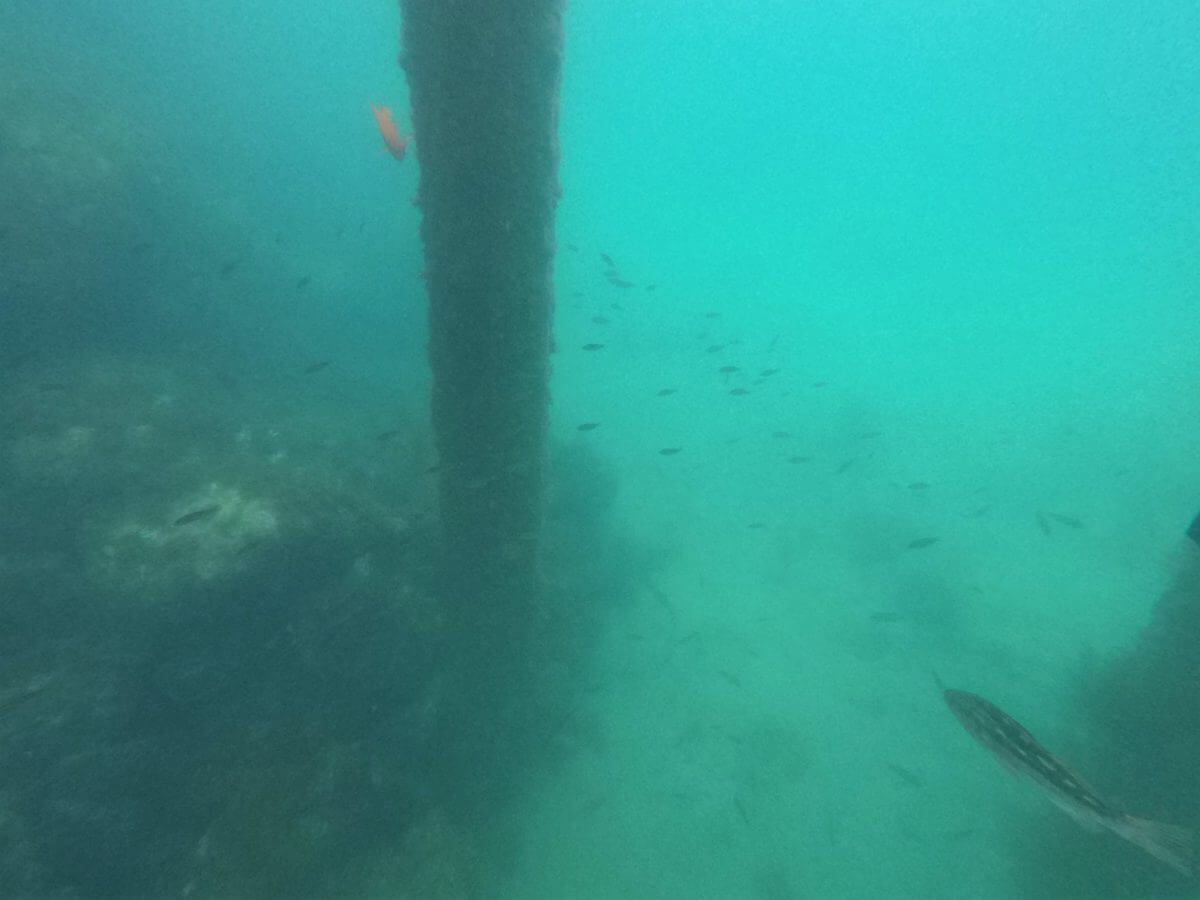
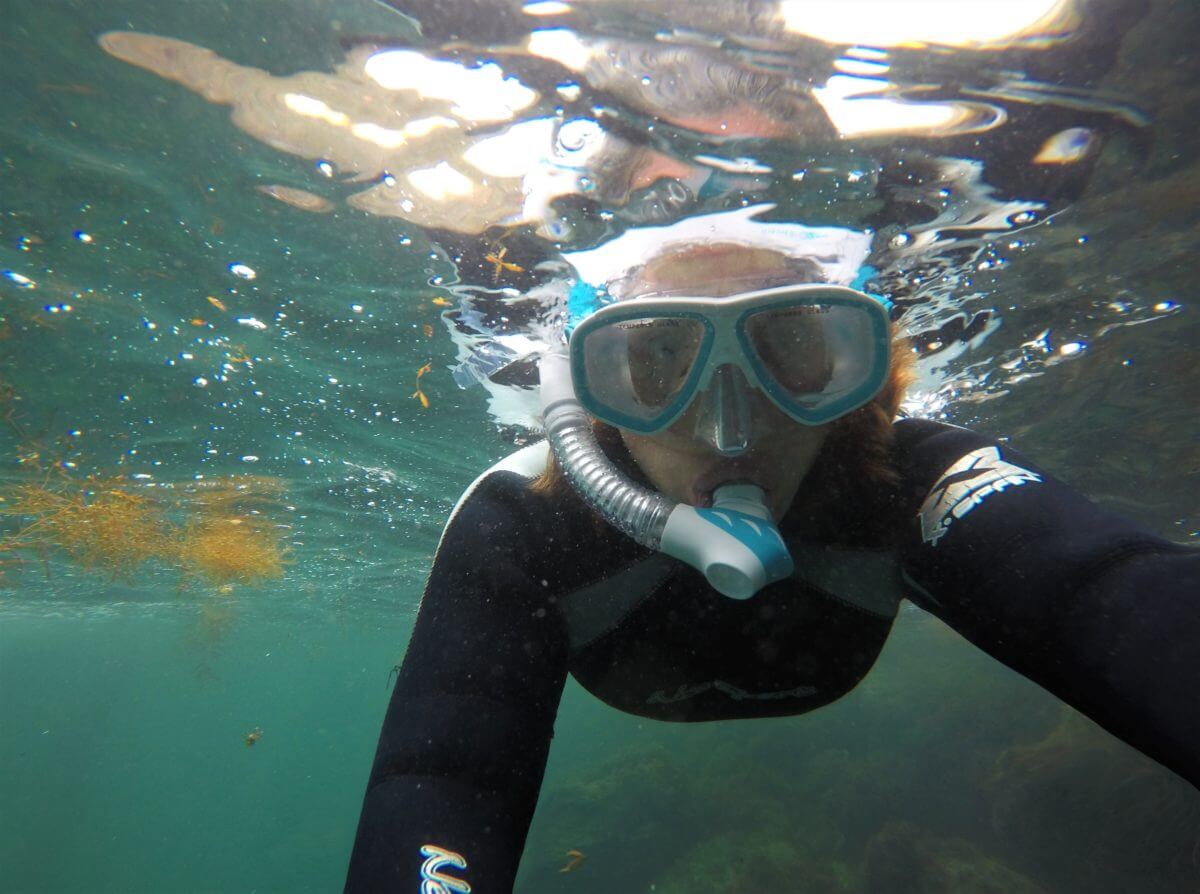
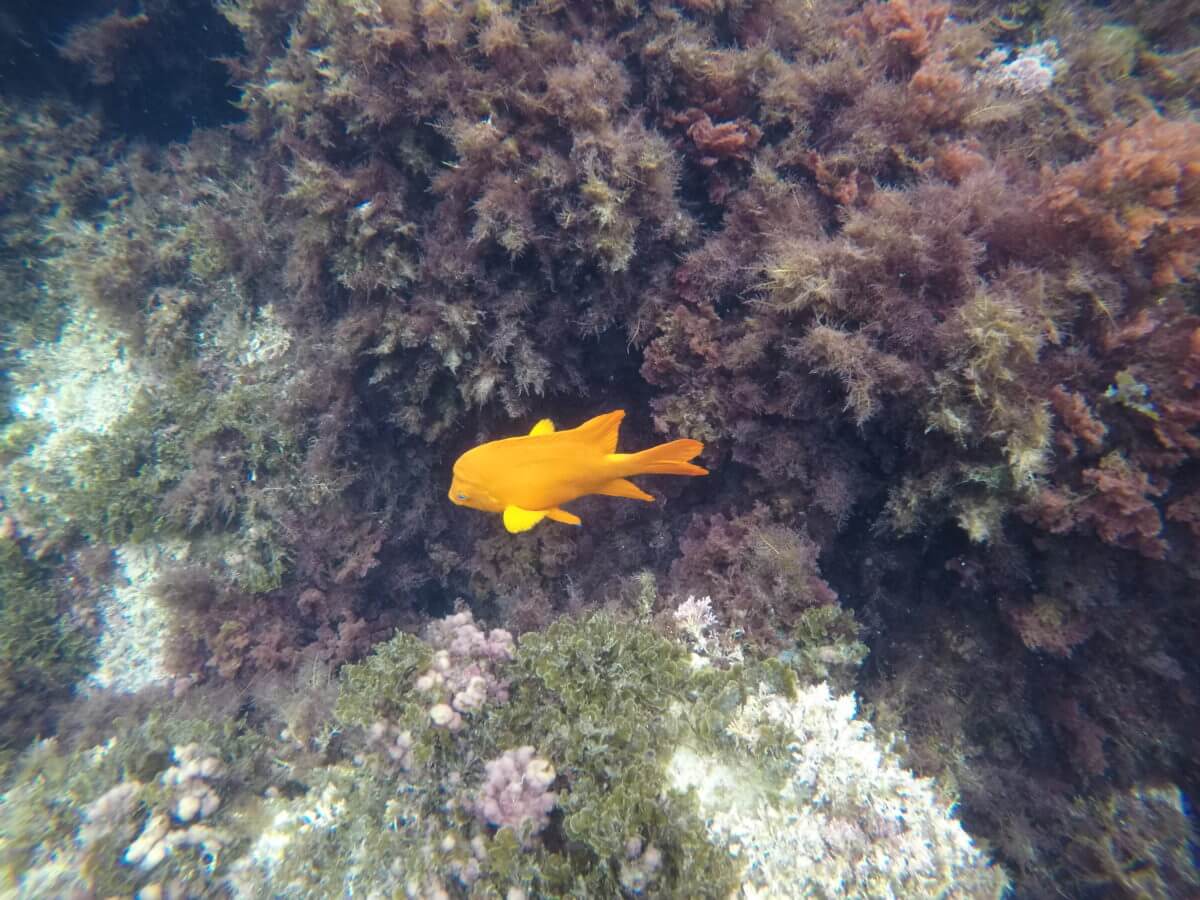
It was such an incredible and fulfilling experience to swim surrounded by many different fish species, types of coral and the bladder kelps, which grow naturally in the coastal waters of California and provide an essential habitat and food source for many marine species while sequestering carbon dioxide and producing oxygen as they grow. The kelps are renowned for their growth rates, with documented growth of up to 2-3 feet per day and mature lengths that can exceed 150ft. It was the first time I heard about an approach for kelp biofuel production. In this study, USC Wrigley Institute’s scientists are testing a system for cultivating kelp in the open ocean which may potentially make it possible to farm kelp for biofuel at large scale.
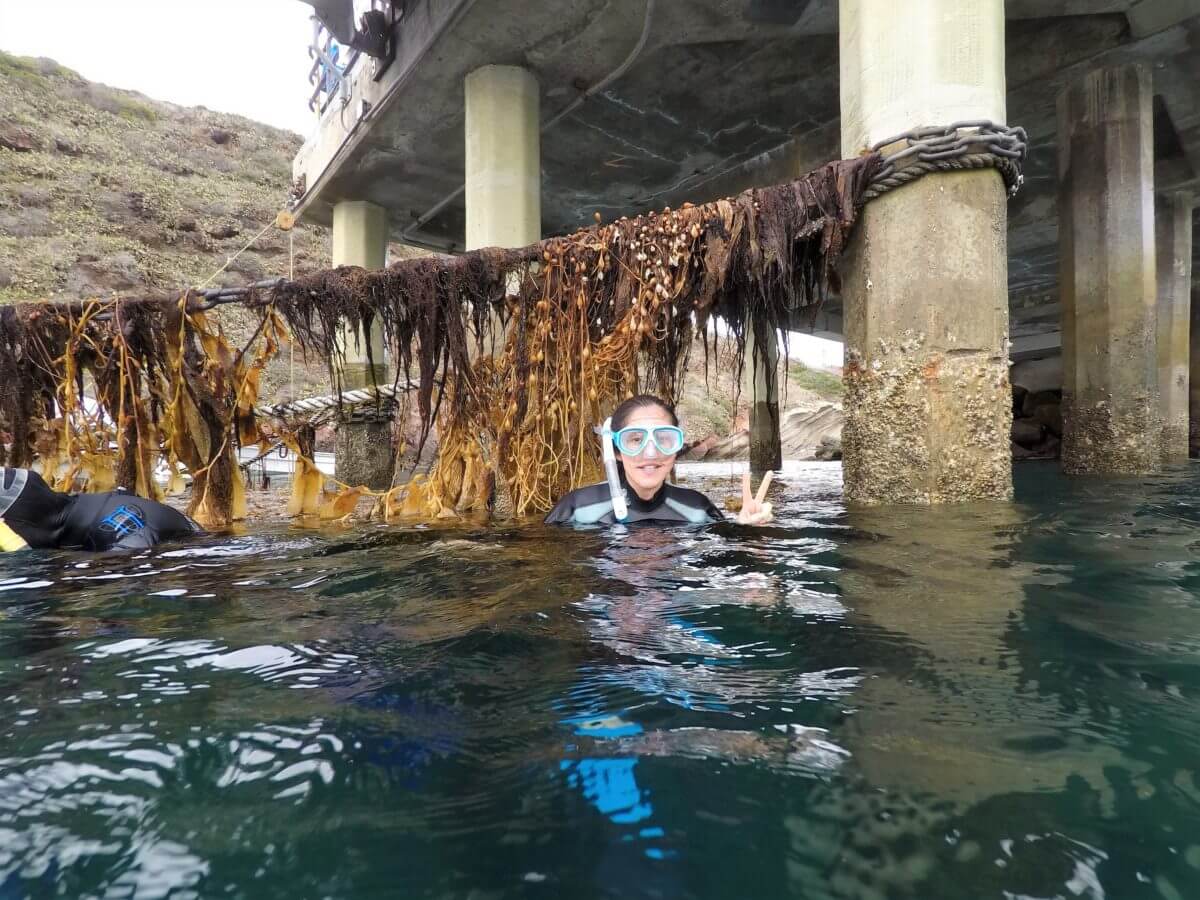
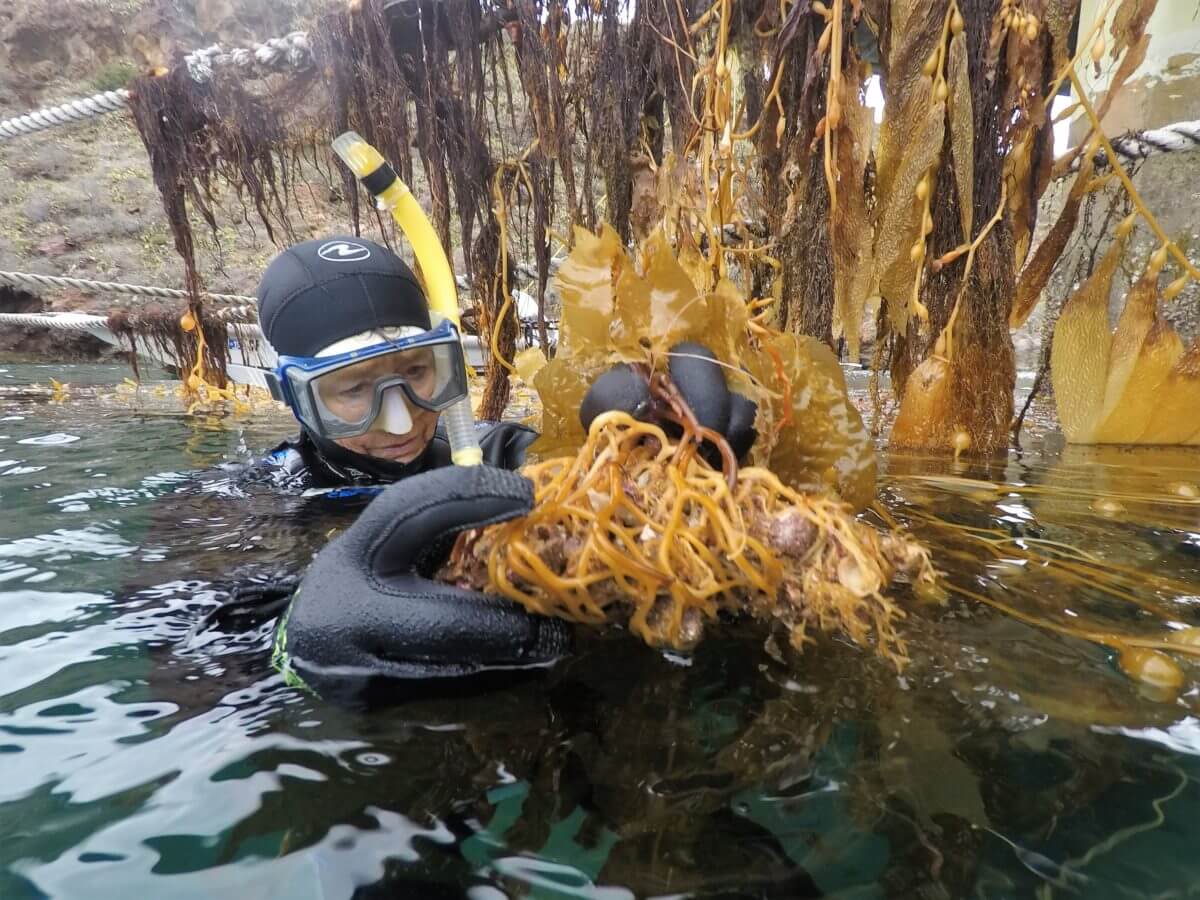
After a memorable first day in the island, I went to bed looking forward to the next day.
Stay tuned for my next blog post on Day 2 in Catalina Island! We met with Catalina Conservancy, the Director of the Wrigley Institute and visited the greenhouse in the island to learn about some amazing marine organisms!
Published on June 25th, 2018Last updated on April 1st, 2021
